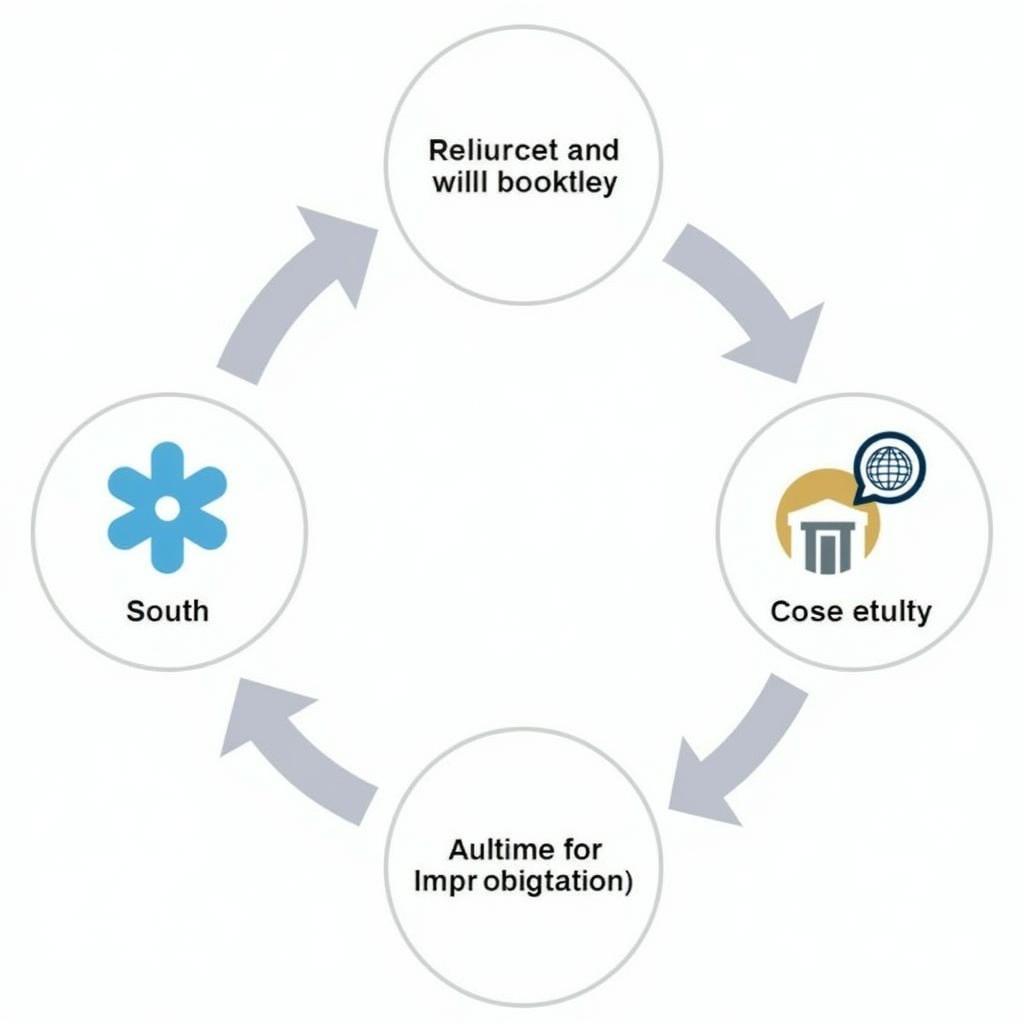When facing IELTS Writing Task 1 diagrams, having a systematic approach is crucial for achieving a high band score. As candidates often struggle with interpreting and describing visual information effectively, mastering specific strategies can significantly improve their performance.
Understanding Different Types of Diagrams
Before diving into the writing process, it’s essential to familiarize yourself with the various diagram types you might encounter. Similar to improving comprehension with unfamiliar topics, understanding diagram formats helps you approach them confidently.
Common Diagram Categories
- Process diagrams
- Cycle diagrams
- Machine/device layouts
- Floor plans
- Natural/biological systems
Essential Pre-writing Strategies
1. Initial Analysis (2-3 minutes)
- Identify the diagram type
- Understand the main purpose
- Note key stages or components
- Spot significant relationships
2. Data Organization
Just as improving understanding of narrative structure is vital for reading comprehension, organizing visual information systematically is crucial for diagram description.
- Create a mental outline
- Group related elements
- Identify sequence (if applicable)
- Note significant changes or comparisons

Writing Structure Guidelines
Introduction (40-50 words)
- Paraphrase the question
- Provide overview of main features
- Mention diagram type and purpose
For complex diagrams, writing complex task 1 descriptions provides valuable insights into crafting clear introductions.
Body Paragraphs (130-150 words)
When dealing with comparisons, understanding how to answer comparison questions can enhance your descriptive abilities.
First Body Paragraph
- Focus on main features
- Describe primary relationships
- Use appropriate transitions
Second Body Paragraph
- Detail secondary features
- Explain supporting elements
- Maintain logical flow
Language and Vocabulary Essentials
Key Verbs for Processes
- Shows
- Illustrates
- Demonstrates
- Indicates
- Represents
Sequencing Language
- Initially
- Subsequently
- Finally
- Following this
- Meanwhile
Common Pitfalls to Avoid
- Over-describing minor details
- Neglecting the overview
- Using informal language
- Including personal opinions
- Missing key features
Time Management Tips
- Spend 2-3 minutes analyzing
- Allow 15-17 minutes writing
- Reserve 2-3 minutes for review
- Focus on main features first
- Check grammar and spelling last
FAQ
Q: How detailed should my diagram description be?
A: Focus on main features and significant relationships while avoiding minute details that don’t contribute to the overall understanding.
Q: Should I describe everything I see in the diagram?
A: No, select and describe the most important features that show the main trends or processes.
Q: Can I use bullet points in my answer?
A: No, write in full paragraphs using proper transition sentences and cohesive devices.
Q: How important is the overview?
A: Very important – it’s essential for achieving a higher band score and should be included either in the introduction or a separate paragraph.
Q: Should I mention numbers if they appear in the diagram?
A: Yes, but only if they are significant to understanding the main features or processes.
Remember, success in IELTS Writing Task 1 diagrams comes from combining clear structure, appropriate vocabulary, and effective time management. Practice these strategies regularly to develop confidence and accuracy in your responses.